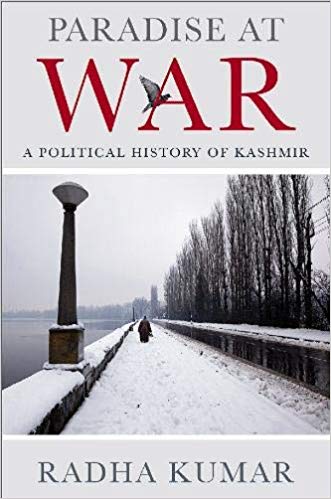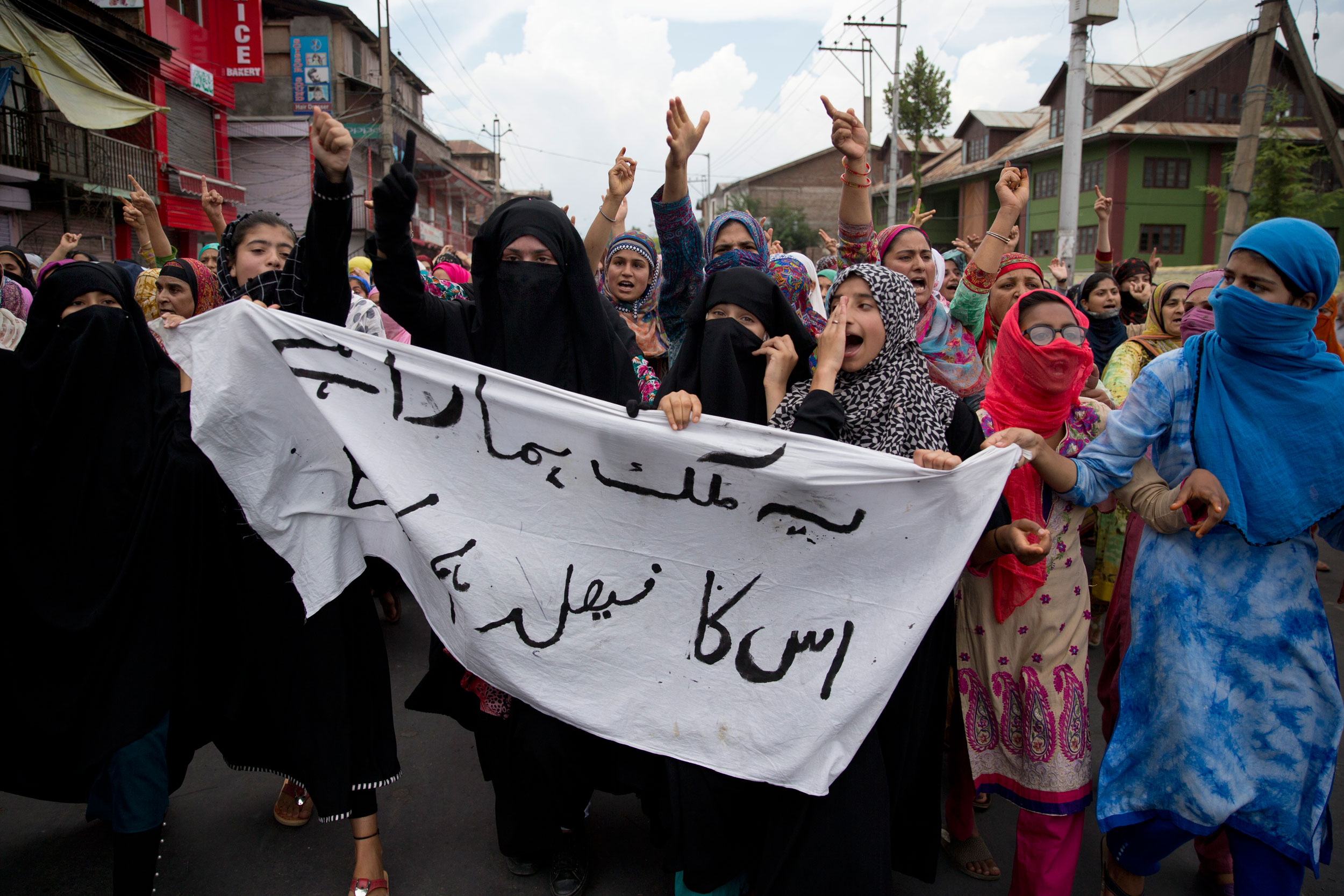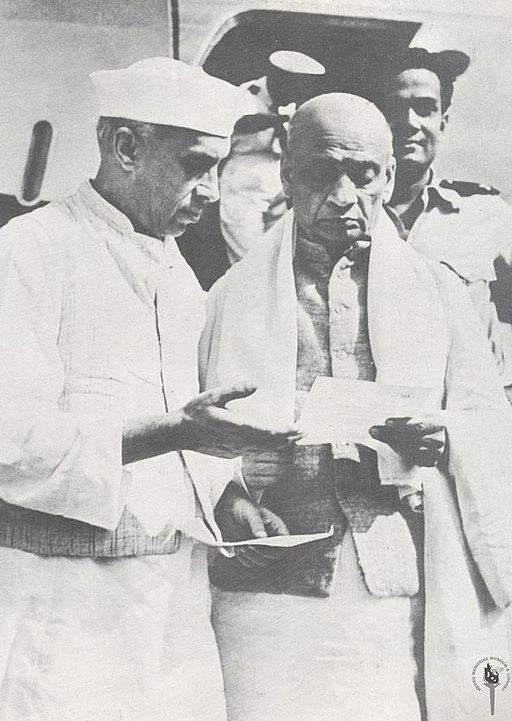***
Can Jammu and Kashmir recover from this low? Can a new peace process rise from the old one’s ashes?
The lessons we learn from Jammu and Kashmir’s history are several. The past fifteen years threw up four. First, from Vajpayee, we learned that empathy and symbolism are key to a breakthrough in Kashmir. Despite Vajpayee’s failure to achieve a settlement of the conflict, he remained the most respected Indian prime minister in Kashmir, because he spoke to its people’s sentiments. Though Kashmiris talk less of his actions than his speech, Vajpayee took enormous risks to push through his vision. He alienated the army and security forces with his unilateral ceasefire in which thousands died over three months, he silenced his critics, he stopped the Jammu BJP from promoting Hindu chauvinism to their electoral cost, and he persisted with Pakistan despite repeated setbacks by the Pakistani government that undercut him as determinedly naive.
The second lesson, from Manmohan Singh, was that raising expectations for a peace process and then failing to follow through will only exacerbate cynicism or angst. Singh did more to anchor a peace process than any other prime minister. He pushed through at least a dozen CBMs, from cross-Line of Control trade to security reforms to local devolution. The state government had more freedom to govern than ever before or after. He supported independent institutions in the state, such as the Vigilance, Women’s and Public Services Commissions. Like Vajpayee, he persisted with Pakistan despite suffering the same setbacks. Yet, when he could have pushed for political resolution with Kashmiris even if not with Pakistan, he demurred. There was no R. K. Mishra to work with the Hurriyat in Singh’s time as there had been in Vajpayee’s. Having created five working groups for CBMs that would have led to reconciliation in the valley, he left them to the state government and union bureaucracy to implement instead of ensuring independent and political monitoring.
The third lesson, also from Singh, was that political neglect is never benign in conflict situations like the one in Jammu and Kashmir. After the shock of the 2010 agitation, Singh rose to the occasion by appointing our Group of Interlocutors and reinforcing a hearts-and-minds policy in the army and paramilitary forces. But when, a year later, some calm had been restored, he failed to take the next steps towards talks with dissidents and a political resolution
The fourth and in some ways grimmest lesson was from Modi’s tenure— that disdaining the special status of Jammu and Kashmir could precipitate conflict. Indira Gandhi’s efforts in that direction sealed the doom of successive chief ministers. Where Vajpayee had restrained his party and allies, the Modi administration failed to do so. The state government’s views were either ignored or ridden over roughshod. When, inevitably, stoning protests recurred, making the summer of 2016 one of the worst in the valley, the Modi administration responded only with security measures, including widespread arrests and heightened counter-insurgency. In the first three years of Modi’s prime ministership, there was not a single political initiative for reconciliation, though many were sought by the state government. His 2017 statement, to ‘embrace Kashmiris’ instead of excoriating them, may have indicated a policy shift, but if so, it was all too brief. The termination of the Ramzan ceasefire and toppling of the Mehbooba administration belied that hope.
Looking back over the history of Jammu and Kashmir, the last seventy years have seen a tragic collision between aspirations for democracy and the grim realities of war. After centuries of imperial rule, the territorial state of Jammu and Kashmir emerged in the nineteenth century and the political state only after India and Pakistan became independent countries. From 1947, two opposing trajectories were evident. On the one hand, India–Pakistan conflict devastated daily life and severely hampered governance in the former princely state. On the other hand, all parts of the state steadily improved economically, though their economies remained heavily aid-reliant. Their residents acquired education and healthcare where once, not so long ago, they did not. Roads and rail lines were built, enabling connectivity and trade. Natural resources such as water were developed, and even though these resources were shared with India and Pakistan, residents still had more than they did sixty years ago.
Politically, however, there was a steady decline, from the first flush of hope in a post-monarchical order to growing disappointment and anger spurred by war and conflict every fifteen to twenty years. Albeit in sharply divergent ways, each of the divided parts of the former princely state found that its status and rights were determined by conflict and its government’s powers varied according to security and economic dependence on India or Pakistan. It seems counter-intuitive to say that the people of the Kashmir valley suffered the most poisonous politics of the regions of the former princely state, when they had a greater measure of democracy and civil rights, on paper, than their counterparts across the Line of Control. But the Kashmir valley also suffered the most stifling conditions, because it was the arena of violent conflict.
From Paradise at War by Radha Kumar. Excerpted with permission from Aleph Book Company

Book cover: Paradise at War by Radha Kumar Amazon













